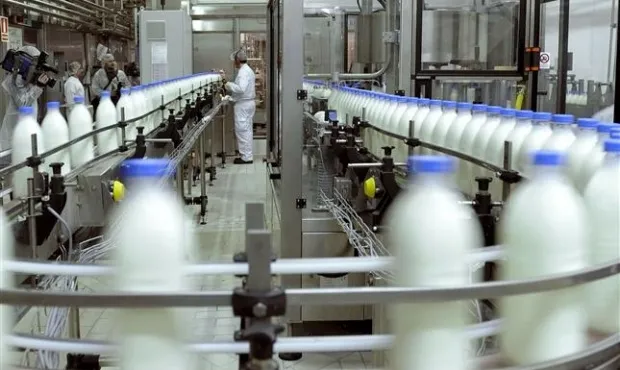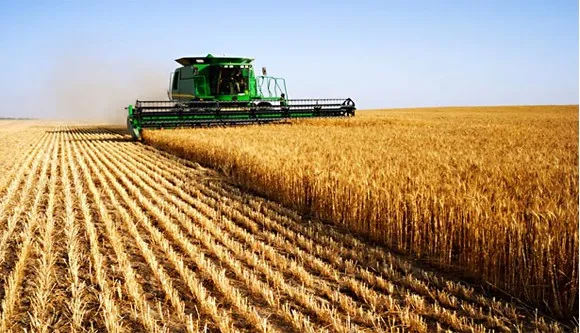These days everyone talks about stocks, the IMF, economic policies, free markets, etc. Well, all these issues are part of a science and this is our beloved economy.
Loved by some and hated by others the economy is a science that is enough from the decisions of the buyers to the balance of payments of the different countries of the world.
But let's first see
What is the economy?
The word economy comes from the Greek OIKONOMOS, which means the one who manages a house.
Economics is a social science that studies how individuals or society use and distribute scarce resources to meet their needs.
The objective of the economy is to try to solve the basic problems of every society:
- What to produce?
- How to produce?
- For whom to produce?
The economy can be "divided" into:
- Positive economy
- Regulatory economics
POSITIVE ECONOMY: The positive economy tries to know the facts as they are, that is, to present an empirical description of them and to discover the chains of relations and causality between them.
In other words we can say that positive economics is the science that seeks objective explanations of the functioning of economic phenomena, they deal with what it is.
REGULATORY ECONOMY: Normative economics offers prescriptions for action based on personal and subjective value judgments, it deals with what should be
THE ECONOMIC AGENTS
Economic activity is any activity that has the purpose of satisfying human needs of an economic nature.
Economic activities include the production, distribution and consumption of goods and services.
Economic agents are the protagonists of economic activity. The economy studies the behavior of different economic agents assuming that they have a clear objective and decision making that brings them closer to these objectives.
We can consider as economic agents:
DOMESTIC OR FAMILY ECONOMY: they constitute the basic unit of consumption. Consumption. They seek to obtain maximum satisfaction through the consumption of goods and services, taking into account their budget, preferences and tastes. Families own the factors of production
COMPANIES: It is the basic unit of production, its main role is the production and commercialization of goods and services with the objective of obtaining the maximum possible benefit. To develop this activity, they must have resources that they hire and buy from domestic economies.
PUBLIC SECTOR: Includes the entire state organization, autarkic organizations, municipalities, etc. Their functions are:
- Regulates economic activity and establishes the legal framework
- Provides the company with the infrastructure so that the economic activity is carried out in good conditions
- I provide goods and services of a public nature
- redistributes income to alleviate existing inequalities
In other words, the main objective of the public sector is to achieve the economic well-being of the entire society.
EXTERNAL SECTOR: It is formed by a group of foreign investors or institutions that are key to carrying out strategies that the public sector intends to implement to fully meet the needs of a country.
WHAT ARE THE ECONOMIC MODEL?
They are internally coherent logical instruments that attempt to describe the functioning of the economy.
We can also say that an economic model is a simplified representation and in mathematical symbols of certain set of economic relations. The characteristics of every economic model is that they represent a real phenomenon, that these representations are simple and that it be done in mathematical terms.
MODEL OF THE CIRCULAR FLOW OF THE ECONOMY
This is a model, which, in general terms, explains how the economy is organized and how agents interact.
In the circular flow diagram, the economy is simplified and includes only two types of decision makers:
- Companies that produce goods and services using factors such as labor, land and capital, that is, to produce use the factors of production
- Families own the factors of production and consume all the goods and services that companies produce.
Families and businesses interact in two types of markets:
- Market of bines and services: where families buy the goods and services produced by companies.
- Market of production factors: where families sell their production factors and Companies buy them.
This model has two different circuits:
- Royal circuit: where goods and services circulate and production factors
- Monetary circuit: where the money needed to buy goods and services or production factors circulates.
ECONOMIC SECTORS
The economic activities of production and distribution of goods and services are very diverse and are carried out by companies or the public sector. Given the great variety these can be grouped into sectors to analyze them better:
- Primary sector: They include all activities related to obtaining and extracting natural resources.
Some examples:

 ![industrias.jpeg]
![industrias.jpeg]
( )
)

- Secondary sector: It covers the activities that transform raw materials into other goods suitable for consumption.
